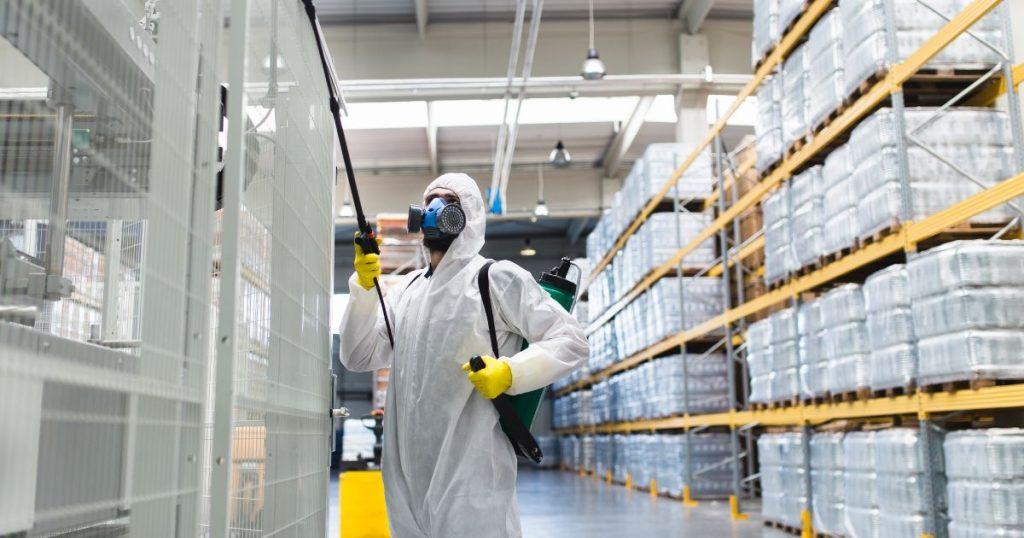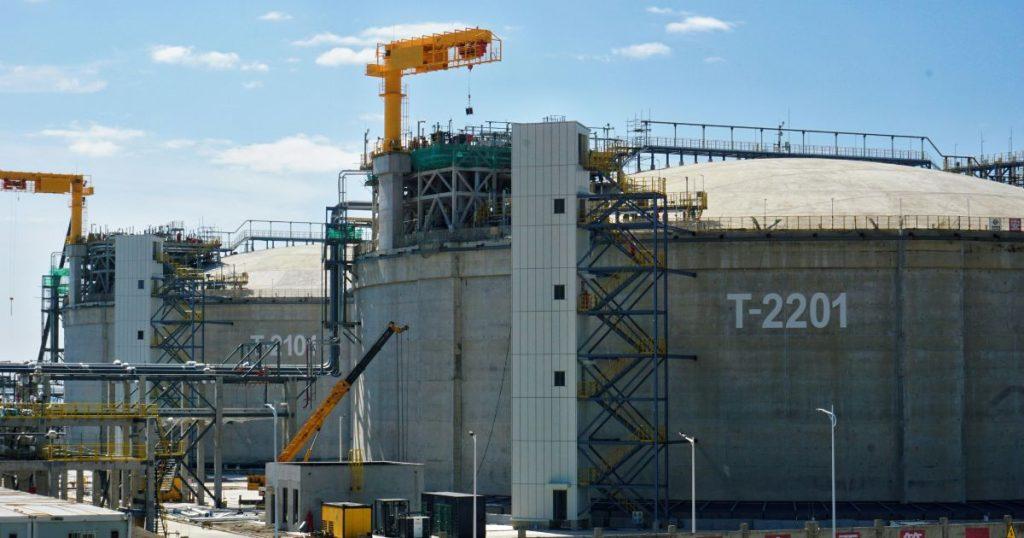Pest Control in Waste Management Facilities: Effective Strategies and Best Practices
Pest control in waste management facilities is crucial for maintaining hygiene, preventing disease, and protecting both workers and the surrounding environment. These facilities naturally attract pests, such as rodents, flies, and cockroaches, due to the abundance of organic waste, making effective control a critical part of their operations.
The key to successful pest control in waste management facilities is implementing a strategic, ongoing program that targets pest entry points, breeding sites, and food sources. Without proper measures, pests can spread contaminants and disrupt waste processing, leading to increased health risks and operational challenges.
By understanding the unique challenges within waste management facilities, you can apply pest control techniques that minimize infestations while supporting regulatory compliance and facility safety. Preventing pests isn’t just about cleanup—it’s about proactive management tailored to your facility’s needs.

Understanding Pest Risks in Waste Management Facilities
Waste management facilities face specific challenges linked to pest activity. You must recognize how pests operate within these centers, what causes infestations, and the health dangers posed to staff and the community.
Common Pests Found in Waste Processing Centers
You will commonly encounter rodents, such as rats and mice, which thrive on readily available food sources in waste. Cockroaches are commonly found in damp, dark areas and can quickly spread throughout a facility. Flies, especially house flies and blowflies, breed on decaying organic matter and multiply rapidly.
Other pests include ants, which forage inside buildings, and birds attracted to open waste piles. Each pest species carries unique risks and behaviors that make it a persistent challenge in controlling waste-associated populations.
Factors Contributing to Pest Infestations
Several factors increase your risk of pest infestations. Accumulated organic waste provides abundant food and hiding places. Poor sanitation, such as unclean equipment and spilled materials, encourages pest habitation.
Structural issues, including gaps in walls or improper waste containment, allow pests easy entry. Climate conditions, such as high humidity and warmth, promote breeding cycles. Inadequate pest control protocols or delayed responses can worsen infestations.
Health Hazards Associated with Pests in Waste Facilities
Pests in waste facilities pose serious health risks to you and your workers. Rodents carry pathogens that can transmit hantavirus, leptospirosis, and salmonella. Cockroaches and flies spread bacteria that cause gastrointestinal diseases.
Pests can also trigger allergic reactions and asthma in susceptible individuals. Contaminated waste sites increase the potential for foodborne and vector-borne illnesses. Effective pest control significantly reduces these direct and indirect hazards.

Effective Pest Control Strategies for Waste Plants
Controlling pests in waste plants requires a combination of well-planned methods, including prevention, regular monitoring, and sanitation. You need to implement systematic approaches that reduce pest habitats and quickly address early infestations to maintain a safe facility.
Integrated Pest Management Techniques
Integrated Pest Management (IPM) combines biological, chemical, and physical controls to effectively minimize pest populations. You should prioritize biological controls, such as natural predators, alongside limited and targeted pesticide use to avoid resistance and environmental harm.
For rodent control at garbage sites in Fort Worth, sealing entry points and using bait stations designed for the local species is essential. Using traps and exclusion techniques reduces chemical dependency while maintaining pest suppression.
IPM requires continuous assessment. You must analyze pest behavior and adjust interventions to match the specific conditions of the waste plant. This approach supports long-term sanitation and pest control in waste plants by targeting pests specifically and safely.
Sanitation and Environmental Controls
Maintaining strict sanitation is critical to controlling pests in recycling centers and waste management facilities. You must regularly remove food scraps and organic waste to limit food sources for rodents, flies, and other pests.
Proper waste container maintenance, such as using sealed bins and emptying them frequently, reduces breeding grounds. Environmental controls, such as managing moisture by fixing leaks and draining standing water, disrupt pest habitats.
Keeping the site clean also means controlling vegetation near the facility’s perimeter, where rodents and insects can hide. Applying these sanitation measures significantly lowers pest populations and supports your overall pest management goals.
Monitoring and Early Detection
Regular monitoring is key to identifying pest issues before they escalate. You should use inspection routines and traps to detect early signs of pests, such as rodents, cockroaches, and flies.
Set up monitoring stations in high-risk zones such as waste sorting areas and near dumpsters. Document pest activity and trends to adapt your control methods promptly.
Early detection enables you to target problem areas with fewer resources and minimize damage. Effective pest control in waste plants depends on your ability to catch infestations quickly and maintain constant vigilance.
Specialized Approaches for Specific Facility Types
Effective pest control in waste management requires tailored strategies that address the unique challenges present at different facility types. Targeted methods reduce infestation risks while maintaining operational efficiency.
Rodent Control at Garbage Sites in Fort Worth
Rodents at garbage sites thrive on easily accessible food waste and shelter among debris. You should implement physical barriers such as sealed containers and rodent-proof dumpsters to limit access.
Regular trash removal schedules and site cleanliness minimize attractants. Using bait stations and snap traps placed strategically around perimeters controls rodent populations effectively. Monitoring activity through tracking and inspection enables prompt adaptation of approaches.
Exclusion tactics are crucial in preventing rodents from entering buildings or accessing equipment storage. In Fort Worth, seasonal changes can impact rodent behavior, making year-round vigilance necessary to avoid infestation spikes.
Insect Prevention in Trash Facilities
Trash facilities attract flies, ants, and cockroaches due to the accumulation of organic waste. Maintaining strict sanitation protocols is crucial; you must clean spills and residue daily to disrupt insect breeding sites.
Installing fly traps and insect light traps helps monitor and reduce populations of flying insects. Sealing cracks and vents limits the entry points for insects. The application of targeted insecticides in approved zones controls outbreaks without harming staff or the environment.
Proper ventilation and moisture control help reduce conditions that are favorable for insects. You should train facility staff to identify early signs of insects and respond immediately to prevent large infestations.
Pest Management for Landfill Operations in Fort Worth
Landfills cover vast areas with diverse habitats that attract a wide range of pests, including birds, rodents, and insects. Management involves habitat modification, such as reducing standing water and covering waste daily to limit food sources for the animals.
You should deploy an integrated pest management (IPM) approach that combines mechanical trapping, habitat control, and selective pesticide use. Bird deterrents, such as netting or noise devices, prevent birds from nesting and feeding.
Regular site inspections and data collection inform ongoing adjustments to pest control. In Fort Worth, understanding local pest behavior and weather patterns enhances the efficiency of your landfill pest management.
Critter Stop offers professional, humane wildlife and pest removal services designed to match your facility’s specific needs. Their skilled team delivers dependable results with excellent customer care. For a free inspection and expert solutions, call Critter Stop today at (214) 234-2616. You can trust a company renowned for superior quality work and consistently positive customer experiences.







